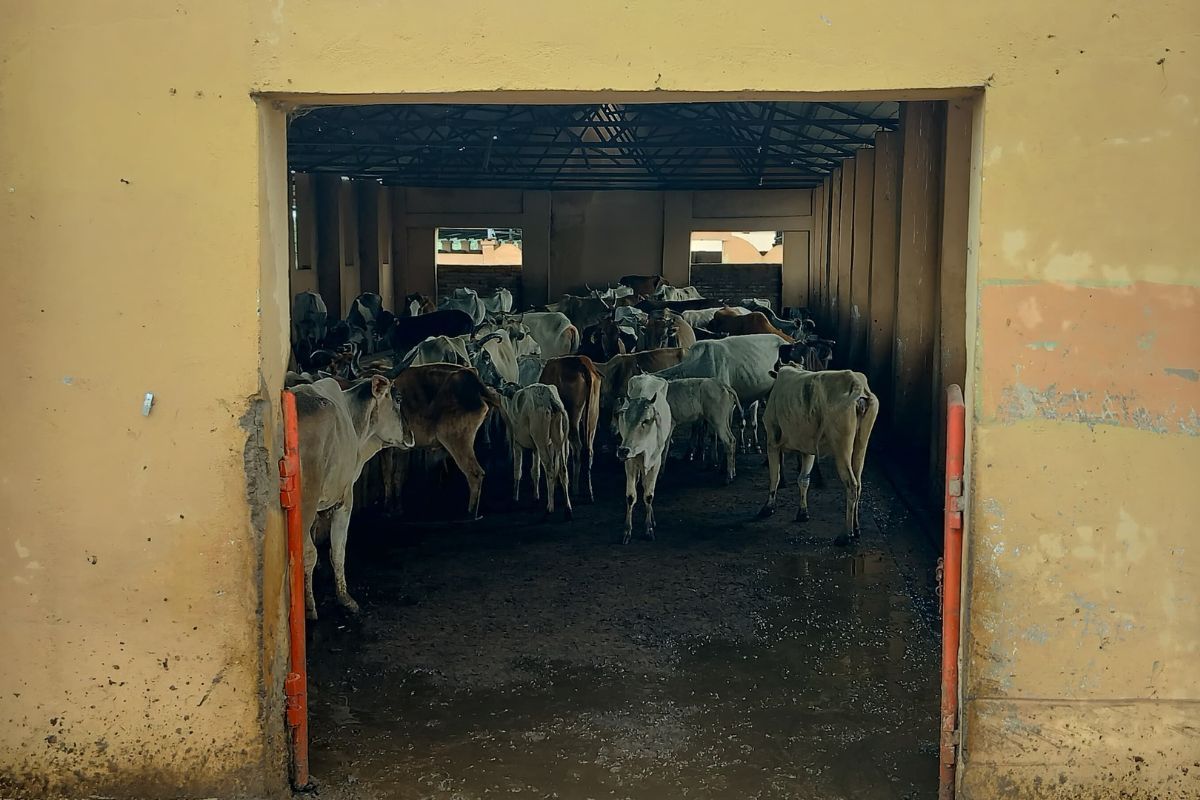Coal is the world’s largest source of electricity production and is essential for other industrial developments, such as the production of steel or cement.
Coal is the dirtiest of fossil fuels. When burned, it produces emissions that contribute to global warming, create acid rain and pollute waters. But coal is not simply reminiscent of the Industrial Revolution: it generates much of the world’s electricity and will continue to do so as long as it remains affordable and abundant.
However, there is Clean Coal Technology, which seeks to reduce its harsh environmental effects by using multiple technologies to clean coal and contain its emissions.
Coal is a fossil fuel composed mainly of carbides and hydrocarbons. Its ingredients help produce plastics, tar and fertilizers. A derivative of coal, a solidified carbon called coke, can melt iron ore, reducing it to create steel. But most of the coal is used for energy production. Electric companies and companies that have power plants burn coal to create steam that turns turbines and generates electricity.
When coal burns, it releases carbon dioxide and other types of emissions in the form of exhaust gases, which are those big clouds you see coming out of those big smokestacks. But some clean coal technologies purify the coal before burning it. One type of charcoal preparation, called “char washing,” removes unwanted minerals by mixing ground charcoal with a liquid, allowing impurities to separate and become visible.
In the 1980s, some governments launched collaborative programs with private industry to encourage the development of clean coal technologies.
What is clean coal technology?
The term clean coal has been applied to many technologies, ranging from wet scrubbers, which remove sulfur dioxide from coal-fired gas, to coal washing, which removes dirt and rock from coal before it is sent to a mill.
Clean Coal Technologies (CCT) are a new generation of advanced coal utilization processes that are designed to improve both the efficiency and environmental acceptability of coal extraction, preparation and use.
Clean coal technology seeks to reduce harsh environmental effects by using multiple technologies to clean coal and contain its emissions. Hypothetically, the term could be applied to anything that makes coal plants more efficient, such as digitization. However, when people talk about clean coal these days, they’re usually referring to something called carbon capture and storage (CCS).
Tips for cleaner coal
In July 2004, the World Coal Institute published the report “Clean Coal: Creating a future through technology”, which stated that clean coal technologies are increasing to meet the environmental challenges facing the world. sectorClean coal technologies are on the rise to meet the environmental challenges facing the sector.
The report ensures that there is a different technology for each specific situation, although it recognizes that technologies that are feasible in a developed country may not be feasible in developing countries.
The report also shows that technologies exist that improve the environmental performance of coal-fired power plants in any country, regardless of its economic development. It also recommends moving forward with a series of measures, including:
- Improve acceptance of existing options and efficiency levels in coal-fired power plants.
- Use advanced technologies and develop and commercialize next-generation technologies.
- Exploit synergies with renewable energy sources.
Where do the emissions go?
Carbon capture and storage, perhaps the most promising clean coal technology of all, traps and sequesters carbon dioxide (CO2) emissions from static sources like power plants.
Since CO2 contributes to global warming, reducing its emission into the atmosphere has become a major international concern. To discover the most efficient and cheapest means of carbon capture, researchers have developed several technologies:
- Flue gas separation removes CO2 with a solvent, removes CO2 with steam, and condenses the steam to condensed steam. Flue gas separation delivers usable CO2 which helps lower its price.
- Another process, oxy-fuel combustion, burns the fuel into pure or enriched oxygen to create a flue gas composed primarily of CO2 and water, thus avoiding the intense process energy present in the separation of CO2 from other combustion gases.
- A third technology, pre-combustion capture, removes CO2 before it is combusted as part of the gasification process.
- After capture, the CO2 is seized by security containers to prevent or stop its re-entry into the atmosphere. The two storage options, geological or oceanic, must be able to contain the CO2 until the highest levels of emissions disappear within hundreds of years.
Geological storage involves the injection of CO2 into the earth. Depleted oil or gas reservoirs and deep saline aquifers hold CO2 while non-extractable coal appears to absorb it. A process called Enhanced Oil Recovery already uses CO2 to maintain pressure and improve extraction in oil fields.
Support us to keep independent environmental journalism alive in India.
Keep Reading
Part 1: Cloudburst in Ganderbal’s Padabal village & unfulfilled promises
India braces for intense 2024 monsoon amid recent deadly weather trends
Follow Ground Report on X, Instagram and Facebook for environmental and underreported stories from the margins. Give us feedback on our email id greport2018@gmail.com.
Don’t forget to Subscribe to our weekly newsletter, Join our community on WhatsApp, and Follow our YouTube Channel for video stories.









